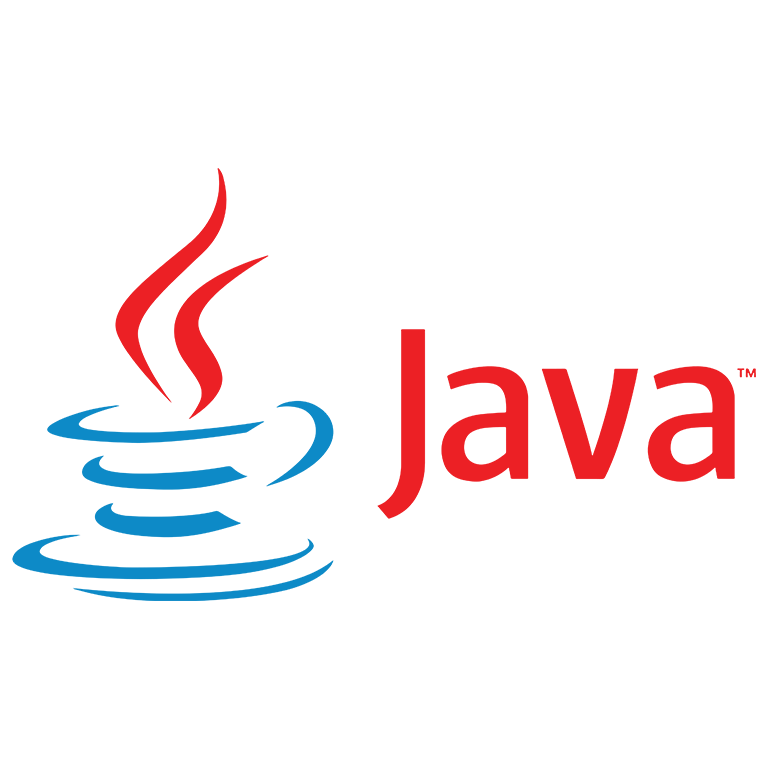Mastering Stream API: Advanced Techniques for Java Collections
The Java Stream API, introduced in Java 8, provides a powerful way to process collections of data in a functional style. While basic usage is simple, mastering advanced techniques can help you unlock the full potential of the Stream API, making your code more efficient, readable, and expressive. This article explores advanced strategies for working with Java Collections using the Stream API.
1. Using Custom Collectors
While the Collectors class provides many built-in methods like toList() and toSet(), custom collectors allow you to define your own collection logic. By implementing the Collector interface, you can create powerful, tailored collection strategies.
For example, creating a collector to group items based on a custom criteria can be achieved as follows:
Collector<MyObject, ?, Map<String, List<MyObject>>> byCategory =
Collector.of(HashMap::new,
(map, obj) -> map.computeIfAbsent(obj.getCategory(), k -> new ArrayList<>()).add(obj),
(map1, map2) -> { map1.putAll(map2); return map1; });
This custom collector can be used with Collectors.toMap or other aggregation operations for specific grouping and filtering.
2. Parallel Streams for Performance
Parallel streams allow Java developers to process data concurrently, leveraging multiple CPU cores to speed up operations. However, parallel streams can be tricky and should be used judiciously, as they introduce complexity and overhead when misused.
For large collections or CPU-intensive tasks, parallel streams can provide significant performance benefits:
List<Integer> largeList = Arrays.asList(1, 2, 3, 4, 5, 6, 7, 8, 9, 10);
largeList.parallelStream()
.map(x -> x * 2)
.forEach(System.out::println);
Ensure that the operations performed within parallel streams are thread-safe and the task is large enough to justify the overhead.
3. Reducing Operations for Efficiency
The reduce() method is a powerful operation that allows you to aggregate elements of a stream. It’s often used for calculating sums, averages, or other accumulation operations. By optimizing the lambda expressions within reduce(), you can make these operations more efficient.
Optional<Integer> sum = stream.reduce((a, b) -> a + b);
Using more efficient reduction strategies, such as early exit conditions or combining multiple reductions, can save unnecessary iterations.
4. FlatMapping Nested Collections
When dealing with nested collections, the flatMap() method is invaluable for flattening the structure and applying operations across the entire dataset. For example, if you have a list of lists and you want to work with the individual elements, you can use flatMap():
List<List<String>> listOfLists = Arrays.asList(
Arrays.asList("apple", "banana"),
Arrays.asList("cherry", "date")
);
List<String> flattened = listOfLists.stream()
.flatMap(List::stream)
.collect(Collectors.toList());
This transforms a list of lists into a single stream of elements.
5. Efficient Filtering with filter()
When filtering data, it’s important to avoid unnecessary computations. Stream’s filter() method can be optimized by using short-circuiting operations such as findFirst() or anyMatch(), which stop the stream processing early if a condition is met.
boolean exists = stream.anyMatch(item -> item.getValue() > 10);
This approach ensures that the stream terminates as soon as a matching element is found.
6. Conclusion
Mastering advanced Stream API techniques can greatly enhance your ability to work with Java Collections. By understanding custom collectors, parallel streams, reduction strategies, and the efficient use of flatMap() and filter(), you can write more efficient and readable Java code.



